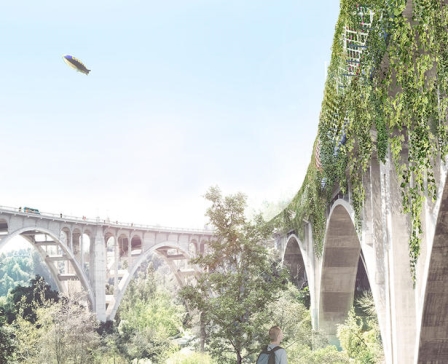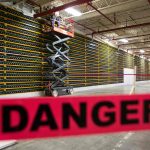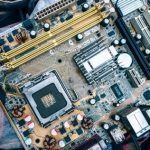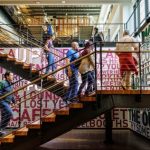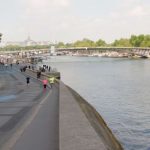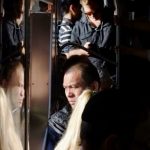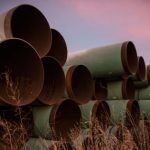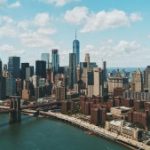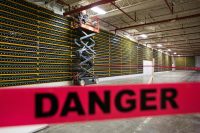Can Urban Highways Solve Problems Instead Of Causing Them?
Los Angeles is known for its freeways, and that’s not a good thing. But while some cities are starting to tear sections of highway down—reconnecting neighborhoods and rebuilding pedestrian culture—that tends to happen in places where the roads are underused. In L.A., where freeways aren’t likely to disappear anytime soon, one team of architects thinks that a redesign could change how highways serve the city.
“Infrastructure in the city has acted as a type of monoculture,” says Michael Maltzan, design principal at Michael Maltzan Architecture. “It’s really just done one thing: It was intended to get cars from one place to the other as quickly as possible.”
In a new proposal, the architects show how freeways could be redesigned to help solve multiple problems at once.
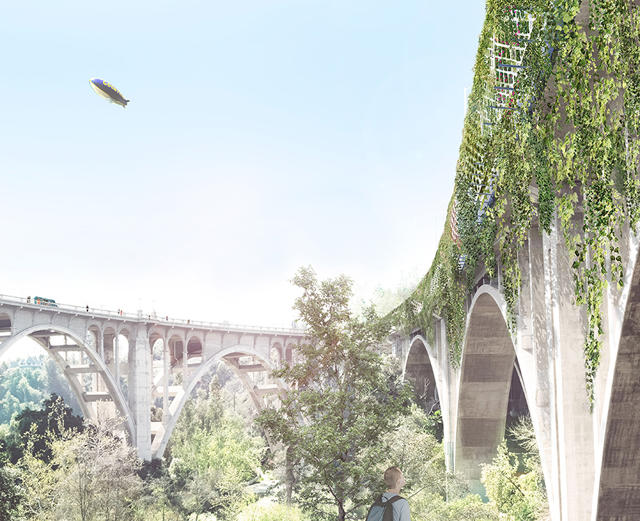
A rendering shows the design on a bridge on the 134 freeway in Pasadena. By wrapping the bridge in a tunnel, acoustically insulated walls could help cut traffic noise by 65%. A perforated ceiling could send exhaust into titanium dioxide-coated “lungs” that capture carbon emissions. On top, solar panels could collect enough sunlight to power 600 homes. Rainwater collectors could capture hundreds of thousands of gallons of water—even in a drought—and some of that could be used to water plants on the side. The savings from the electricity could be reinvested in local schools.
“I think those types of mutually beneficial relationships are both a real opportunity in cities, but also increasingly a real necessity as the city becomes denser and denser,” says Maltzan. “The effect of all of these different development infrastructures, energy and sustainability issues, political and social issues, will potentially run into each other.”
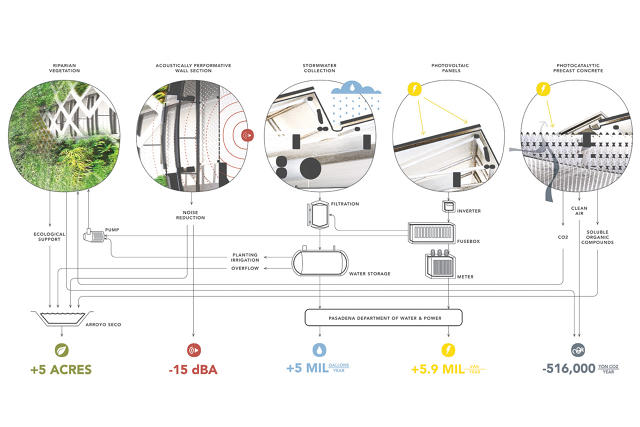
Maltzan, who lives near the bridge modeled in the design, initially started thinking about ways to solve the problem of constant noise from traffic. At the same time, he was thinking about spaces in the city where large fields of solar panels could be installed. “Then I started to think, how do each of these separate components begin to work not in some separate way but in some concerted way?” he says.
The architects worked with the engineering firm Arup to model how much benefit the new design could provide. Each of the numbers they came up with—for example, the new bridge would capture more than half a million tons of carbon dioxide every year, and 750,000 gallons of rainwater—are conservative, and the benefits would likely be even bigger.
In other parts of L.A., designers are considering other approaches. In downtown, part of the 101 freeway may eventually be capped with a park:
Adding a “cap” to cover a highway is expensive—another proposal, that would cover the 101 in Hollywood, has been estimated to cost as much as $1 billion. But the new design from Maltzan may be able to pay for itself, at least in part, over time, as the solar panels generate electricity.
The architects are meeting with everyone involved—from local officials to the state transportation agency—to try to move the project forward. They also want to show how the same ideas could be used to solve problems in other places.
“These technologies, I believe, are absolutely expandable to a number of different configurations,” says Maltzan.
Have something to say about this article? You can email us and let us know. If it’s interesting and thoughtful, we may publish your response.
This is a concept for a design of the design of a bridge on the 134 freeway in Pasadena.
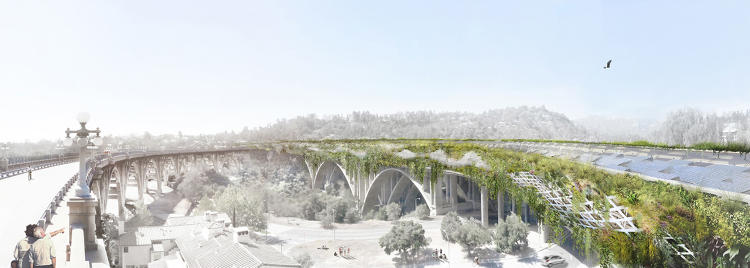
By wrapping the bridge in a tunnel, acoustically insulated walls could help cut traffic noise by 65%.
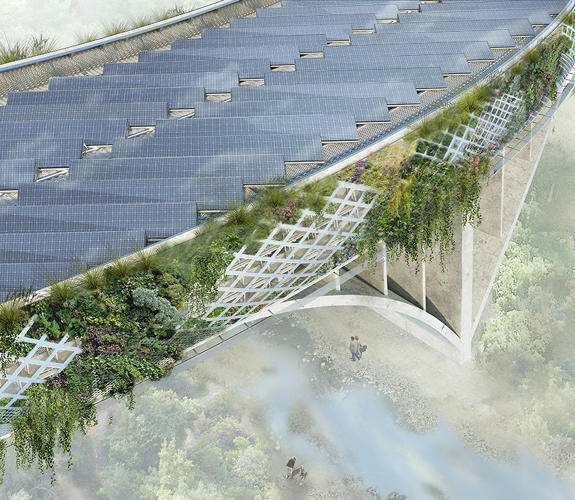
A perforated ceiling could send exhaust into titanium dioxide-coated “lungs” that capture carbon emissions.
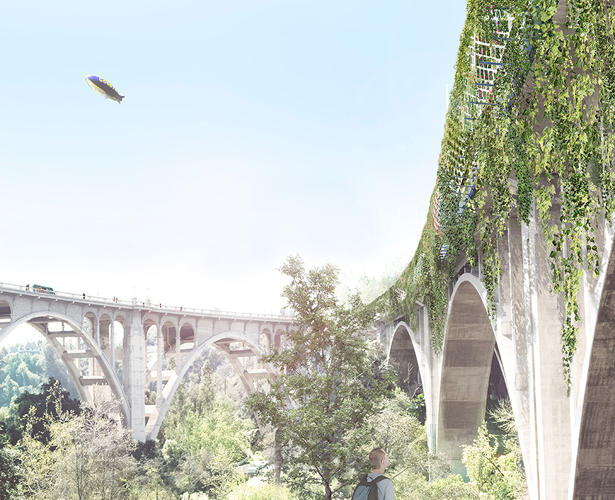
On top, solar panels could collect enough sunlight to power 600 homes.
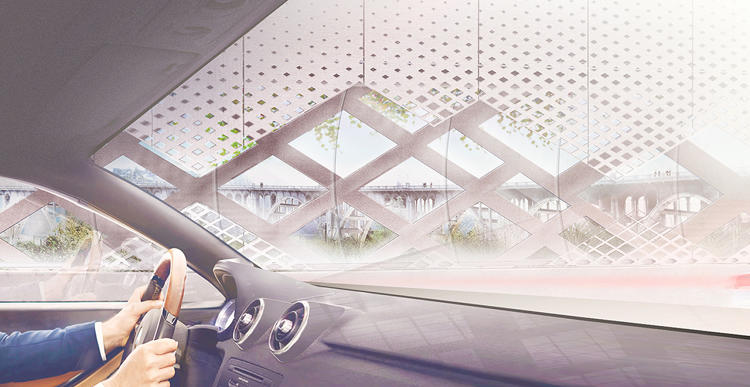
Rainwater collectors could capture hundreds of thousands of gallons of water, and some of that could be used to water plants on the side.

The savings from the electricity could be reinvested in local schools.
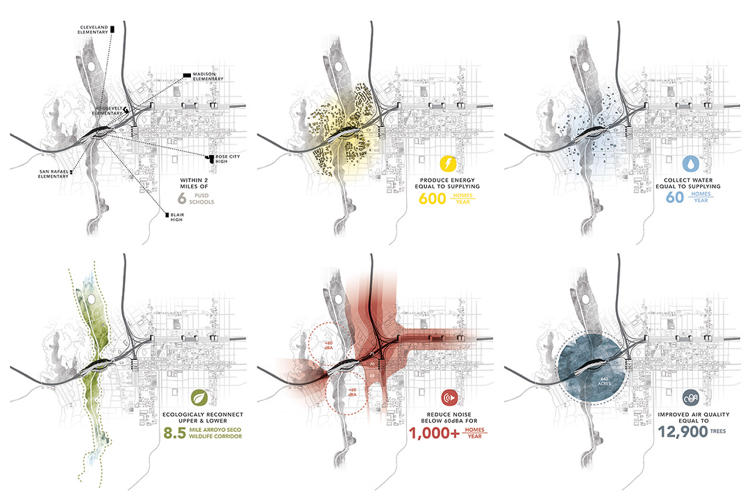
Adding a “cap” to cover a highway is expensive, of course.
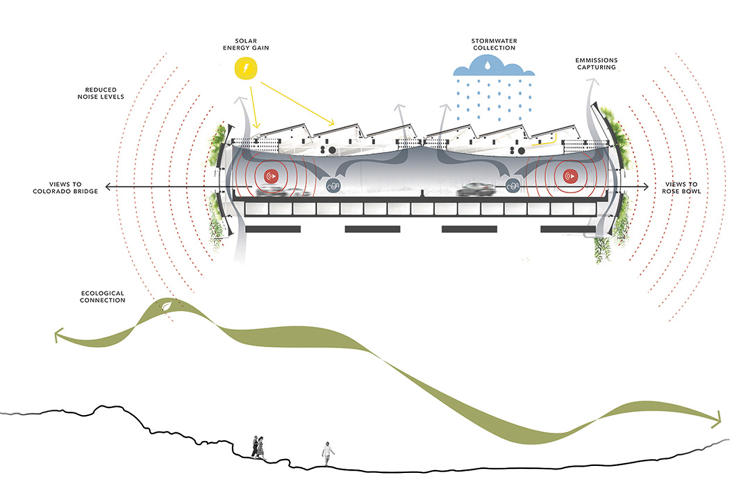
But the new design from Maltzan may be able to pay for itself, at least in part, over time, as the solar panels generate electricity.

Fast Company , Read Full Story
(26)

